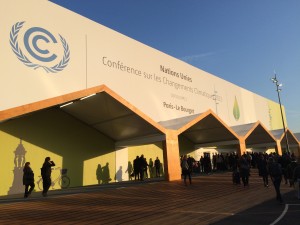
On today’s Your Call Media Roundtable, we’ll discuss the plight of undocumented immigrants and asylum seekers who are facing the threat of deportation to a notorious mega prison in El Salvador. Isabela Dias, reporter at Mother Jones covering politics and immigration, will tell us the latest.
Then, we focus on the abduction and detention of Tuft University PhD scholar Rümeysa Öztürk’s, who is being held in detention in Louisiana. She is among nearly 1,000 students whose visas have been revoked. Joining us to discuss this case will be Hannah Allam, reporter for ProPublica covering national security issues, with a focus on militant movements and counterterrorism efforts.
Tune in at 91.7 FM in the San Francisco Bay Area or stream live at 10am PT. What comments or questions do you have for our guests? Call 866-798-TALK to join the conversation!
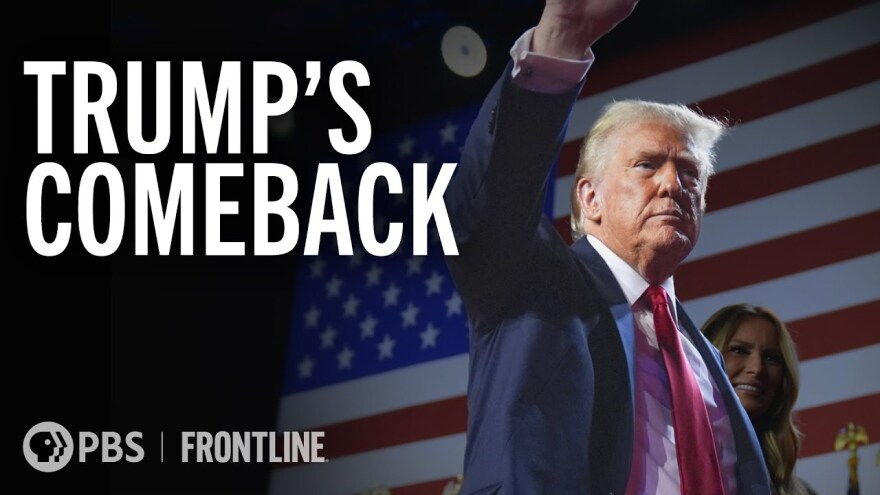
On Your Call’s Media Roundtable this morning, we’ll discuss the new FRONTLINE documentary “Trump’s Comeback.” The film examines key moments in Trump’s life and career, his lies about the result of the 2020 election, felony convictions, and his return to the Oval Office. Joining us will be the director/writer Michael Kirk.
Then later in the program we’ll look at the media coverage of ICE raids, Trump’s immigration crackdown, and the mass deportations happening across the country. Joining us to discuss will be:
- Uriel García, immigration reporter at the Texas Tribune
- Wendy Fry, Emmy-winning multimedia investigative journalist who reports on poverty and inequality for the California Divide team at CalMatters
Tune in at 91.7 FM in the San Francisco Bay Area or stream live at 10am PT. What comments or questions do you have for our guests? Call 866-798-TALK to join the conversation!
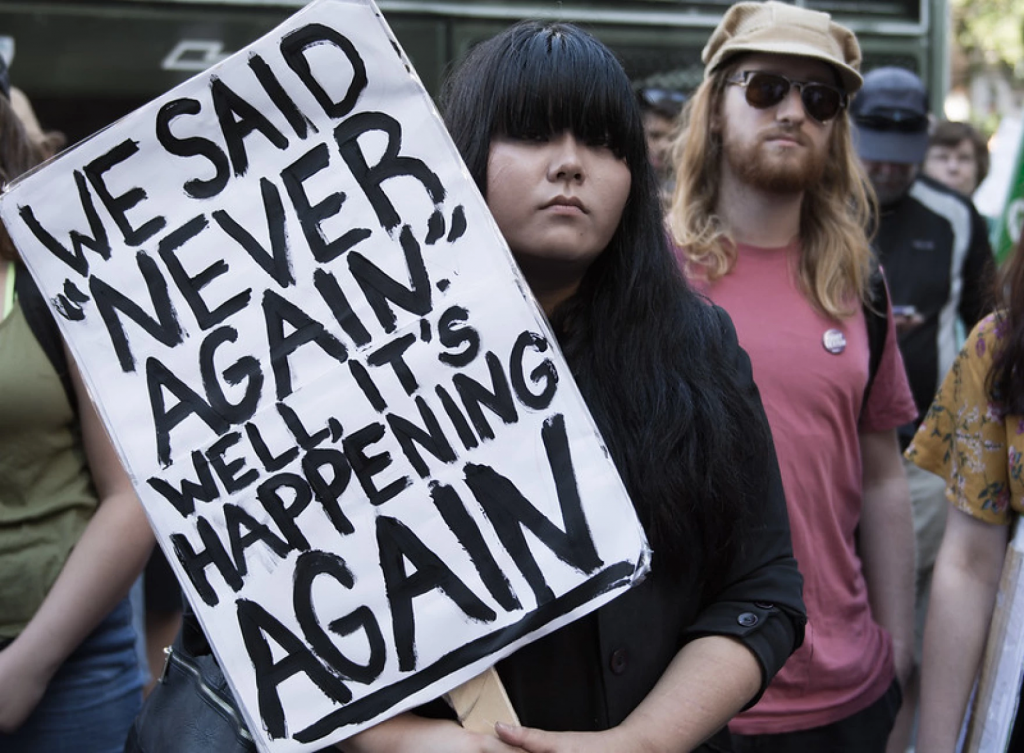
On today’s Your Call, we look ahead to the next four years under President Trump. Trump has provided some indications about his legislative priorities and what he might do…but what can individuals do in response? We’ll be joined by:
- Anand Giridharadas, author of The Persuaders: At the Front Lines of the Fight for Hearts, Minds, and Democracy (get a free trial subscription to his surstack newsletter, the Ink, by clicking here)
- Ezra Levin, co-founder and co-executive director of Indivisible
We’ll also take your calls and questions about how to navigate the news cycle, stay involved in causes, and make a difference.
Tune in at 91.7 FM in the San Francisco Bay Area or stream live at 10am PT. What comments or questions do you have for our guests? Call 866-798-TALK to join the conversation!
I appeared on CBS News Bay Area last week talking about what the Trump administration might do to try to gut California’s electric vehicle requirements:
And a similar story on Monday from CBS News Sacramento:

Yesterday I appeared on two radio shows, now available for streaming or podcast download. First, on KQED Forum, I was on a panel discussing what climate efforts may look like during a Trump Administration, and how California will respond. Joining me was:
- Lisa Friedman, reporter on the climate desk, New York Times
- Jesse Jenkins, assistant professor, engineering, Princeton University
- Aru Shiney-Ajay, Executive Director, Sunrise movement, a grassroots organization of students and young people focused on climate change
You can stream it here.
Then last night I hosted State of the Bay on KALW, where I spoke to UC Berkeley Professor of Chemistry Omar Yaghi about a newly developed carbon-capturing material that has the potential to transform how we address climate change.
Then, we broke down local election results and discussed what they tell us about the priorities and concerns of Bay Area residents with San Francisco Chronicle opinion columnist and editorial writer, Emily Hoeven.
And finally, we talked with Rae Black of Oakland’s For the Win Boxing, a boxing gym that offers professional coaching for women and non-binary people who want to pursue “the sweet science” of boxing.
You can listen to that show here.
On January 27, 2017, just one week after Trump’s inauguration, UC Berkeley Law’s Henderson Center for Social Justice held a daylong “Counter Inauguration,” featuring various panels in reaction to Trump’s victory. I spoke on an afternoon panel that day entitled “Monitoring the Environmental, Social and Governance Impacts of Business in the Trump Era” and offered my predictions on what the Trump years would bring for environmental law and policy.
I recently reviewed these predictions, three months out from the upcoming November election, to see how they measured up against the reality of Trump’s near-complete term in office. Bottom line: these predictions mostly tracked with what happened with Trump and his administration’s leaders, albeit with some steps I missed, some that never came to pass, and some positive outcomes for environmental protection.
First, I predicted the Trump Administration would follow through on the campaign pledges to boost fossil fuels in the following ways:
- Opening up public lands for more oil and gas extraction
- Slashing regulations that limit extraction and related pollution, such as the Clean Power Plan and methane rules
- Weakening fuel economy rules for passenger vehicles
- Financing more infrastructure that could boost automobile reliance (i.e. more highways and less transit)
These were all relatively predictable actions, and they all pretty much happened as predicted. On public lands and fossil fuels, Trump rolled back National Monument protection at Utah’s Bears Ears and Grand Staircase-Escalante, as well as streamlined permitting for oil and gas projects on public lands. On environmental rules in general, here is a list of 100 environmental regulations that the administration has tried to reverse. On vehicle fuel economy standards, here’s my article on EPA’s proposed rollback. And transit funding went from 70 percent of transportation grants under Obama to 30 percent under Trump, with the rest funding highways.
Second, I predicted that his administration would try to undermine clean technologies by:
- Weakening tax credits for renewables and electric vehicles
- Undoing federal renewable fuels program
- Revoking California’s ability to regulate tailpipe emissions
- Attempting to undermine California’s sovereignty to regulate greenhouse gases through legislation
- Cutting funding for high speed rail and urban transit
- Withdrawing from Paris agreement
On these predictions, I was correct on most accounts. The administration did weaken tax credits for renewables (both by not extending them or preventing them from decreasing over time, save for a recent one-year extension on wind energy as a budget compromise) and electric vehicles (by letting them expire and threatening to veto Democratic legislation that would have extended them in a recent budget bill). His EPA did revoke California’s waiver to issue tailpipe emission standards. And he famously withdrew from the Paris agreement (to take actual effect later this year) and has tried to cancel almost $1 billion in high speed rail funding in California.
But I was incorrect that the administration would pursue legislation to preempt California’s (and other states’) sovereignty to set their own climate change targets. There was little appetite in Congress to do so, though Trump’s Justice Department did seek unsuccessfully to declare California’s cap-and-trade deal with Quebec to be unconstitutional. And his record on renewable fuels is more mixed but did deliver some gains to corn-based ethanol producers, though the environmental benefits are suspect with this type of biofuel. I also failed to predict the administration’s efforts to impose tariffs on foreign solar PV panels and wind turbines, which slowed those industries somewhat.
Finally, I predicted some possible bright spots for the environment in the Trump years, much of which did occur:
- Clean tech generally has bipartisan support in congress
- Infrastructure spending in general could be negotiated to benefit non-automobile investments
- Lawyers can stop or delay a lot of administrative action on regulations
- A shift will happen now to state and subnational action on climate, which probably needed to happen anyway
Sure enough, clean technology, particularly solar PV, wind and batteries, has continued to increase in the Trump years, though not at the same pace as under Obama due to the policy headwinds. But infrastructure spending has definitely favored automobile interests, as noted above.
But more importantly, two critical predictions did come to pass. First, attorneys have successfully stopped most administrative rollbacks. In fact, the administration has an abysmal record defending its regulatory actions in court. As NYU Law’s Institute of Policy Integrity has documented, the administration has lost 94 cases in court and won only 12 to date, as tracked in this chart:
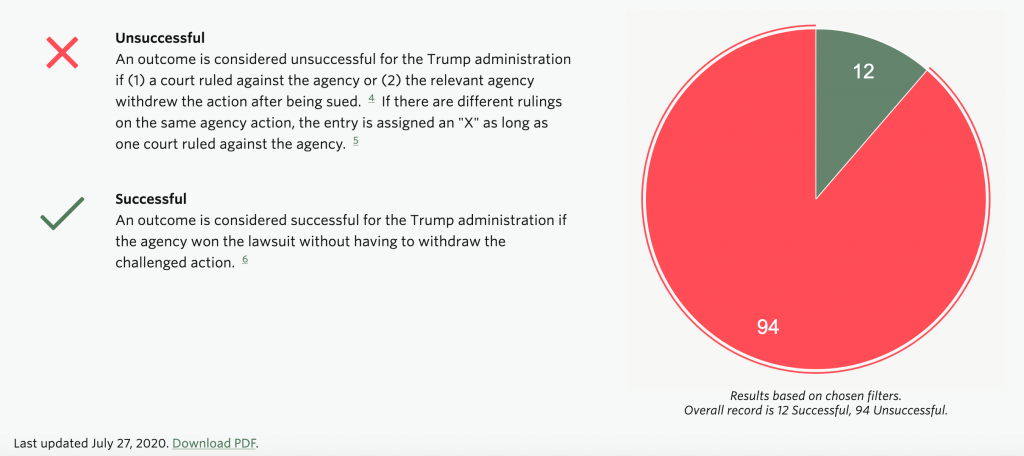
And perhaps more importantly, the lack of federal climate action has moved the spotlight to state and local governments, which often have significant sovereignty to enact aggressive policies that add up to serious national climate action. Take renewable energy, for example, per the Center for American Progress, with this map of states and municipal governments that have enacted 100% clean electricity standards:
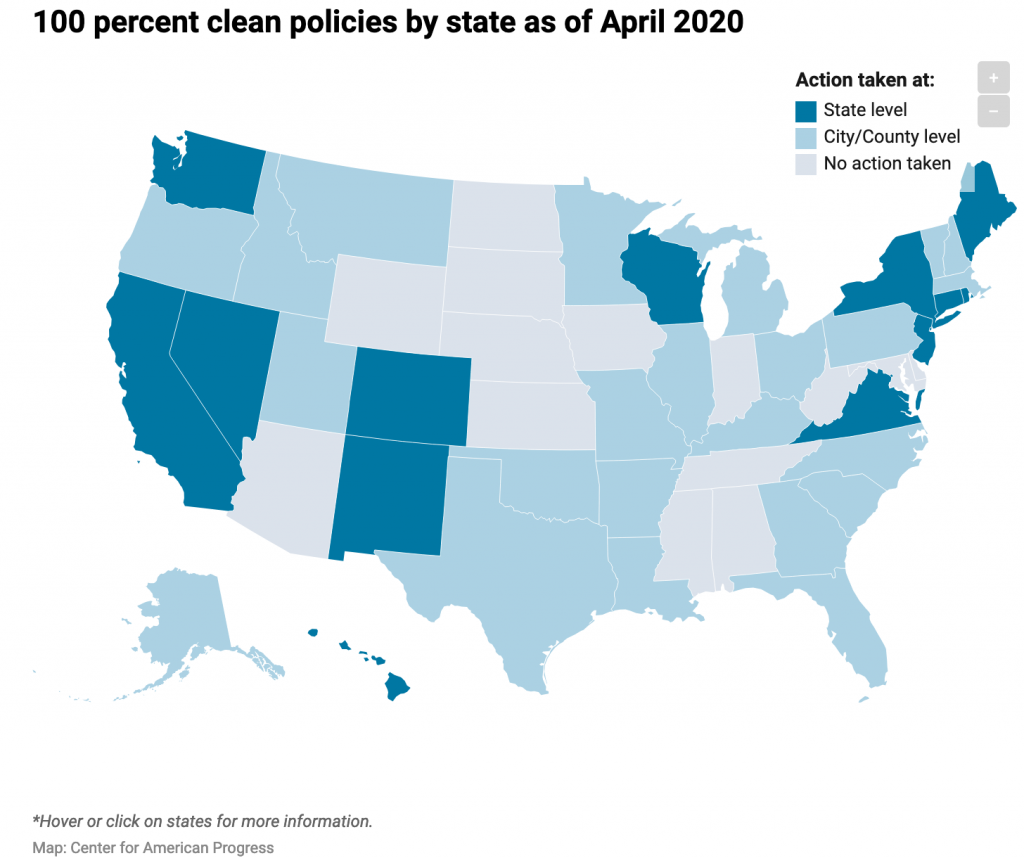
And on clean vehicle standards, 13 states plus the District of Columbia now follow California’s aggressive zero-emission vehicle standards, representing about 30 percent of the nation’s auto market.
As a result, in many ways, environmental law and climate action appears to have survived the Trump term in office mostly intact, despite losing progress and facing some setbacks on key issues. Most of the regulatory actions can be reversed by a new administration, while Congressional action during the Trump years was relatively minimal in scope. Meanwhile, the counter-reaction to Trump spurred some significant policy wins at the state and local level.
But while one term is perhaps survivable for environmental law and climate progress, a second one could paint a completely different picture. So the stakes certainly remain high this November.
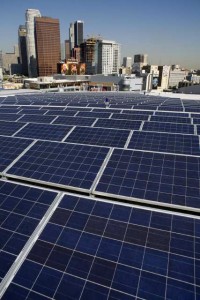 As part of Trump’s effort to restore U.S. manufacturing (and probably undercut clean energy rivals to his fossil fuel supporters), he instituted in January 30% tariffs on imported solar photovoltaic modules and cells, declining 5% per year to 15% in 2022.
As part of Trump’s effort to restore U.S. manufacturing (and probably undercut clean energy rivals to his fossil fuel supporters), he instituted in January 30% tariffs on imported solar photovoltaic modules and cells, declining 5% per year to 15% in 2022.
At the time, the solar manufacturing industry cried doom-and-gloom about supposedly massive job layoffs and lost solar panel deployment. For example, Solar Energy Industries Association president Abigail Hopper claimed the tariffs would lead to a “crisis” for the industry and potentially cost 260,000 American jobs.
But so far the evidence is underwhelming about the impacts to the industry. As Utility Dive reported:
But while the tariffs are having some negative impacts, the industry and its customers now say their concerns were exaggerated. This is largely because solar installed costs have fallen so far and so fast, especially for utility-scale solar, that the relatively small increase in the module price due to the tariffs is having less of an impact than anticipated.
The examples of specific companies are particularly illuminating:
Recurrent Energy, a leading utility-scale solar developer which opposed the tariffs, has reported no project changes. First Solar, an equally important utility-scale scale developer which endorsed the tariffs, has also announced no major changes.
National residential installer Sunnova and California residential installer Spice Solar both told Utility Dive the falling installed cost has offset the tariffs.
Meanwhile, solar installers are working on legislation to repeal the tariffs, introduced recently by Rep. Jacky Rosen (D-NV).
Tariffs on solar certainly aren’t helpful to the industry. But the reaction so far in the first and most severe year of the tariffs is certainly encouraging. Based on what we’ve seen, it sounds like even Trump’s hostility to clean energy isn’t enough to slow the pace of deployment.
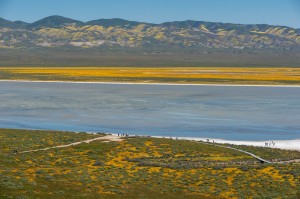
Will this place still be “Carrizo Plain National Monument” after Trump’s administration has its way? Photo by Steve Hymon
In these first 100 days, our new president has backtracked on many promises, completely reversed course in others, and demonstrated an alarming disregard for the truth.
It’s enough to make some political observers think that he’s basically a malleable mishmash of blathering, with his only core desire to self-promote and perhaps increase his riches from from his various business dealings.
As Andrew Sullivan wrote recently:
What on earth is the point of trying to understand him when there is nothing to understand? Calling him a liar is true enough, but liars have some cognitive grip on reality, and he doesn’t. Liars remember what they have said before. His brain is a neural Etch A Sketch. He doesn’t speak, we realize; he emits random noises. He refuses to take responsibility for anything. He can accuse his predecessor and Obama’s national security adviser of crimes, and provide no evidence for either. He has no strategy beyond the next 24 hours, no guiding philosophy, no politics, no consistency at all — just whatever makes him feel good about himself this second. He therefore believes whatever bizarre nonfact he can instantly cook up in his addled head, or whatever the last person who spoke to him said. He makes Chauncey Gardiner look like Abraham Lincoln. Occam’s razor points us to the obvious: He has absolutely no idea what he’s doing. Which is reassuring and still terrifying all at once.
That may be true when it comes to Trump personally and as a politician. But it does not apply when it comes to his appointees in the administration on the environment. Because across-the-board, the administration seems motivated by one thing when it comes to the environment, and that’s boosting the oil, gas, and coal industries at the expense of everything else.
There are too many examples to cite, but it’s worth going through some of them:
- Attempting to roll back key regulations like the Clean Power Plan and the fuel economy standards
- Gutting the budget for the Environmental Protection Agency, Department of Energy clean tech research, and public transit, among others
- Overturning environmental regulations with Congress through use of the once-obscure Congressional Review Act
- Reviewing, with the likely intent of undoing, prior national monument designations, including the Carrizo Plain here in California that I recently profiled.
So while Trump may be incoherent and bereft of some core principles, he has empowered an administration full of individuals dead set on boosting oil, gas, and coal exploitation, at the expense of the environment and public health.
Yesterday was a frustrating day for those who care about tackling climate change. Donald Trump’s executive order to roll back most of the Obama Administration’s efforts to reduce greenhouse gas emissions is probably a futile attempt to resuscitate the dying coal industry, while putting America’s climate leadership on ice for at least the next four years. In other words, it’s a pointless, counter-productive exercise.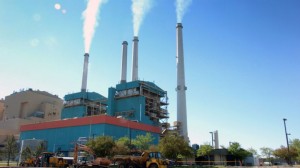
Yet while the moves are disappointing, they’re not devastating. The executive order will set in motion a regulatory process that will take years to play out and that will likely face strong resistance from the courts. But they mean a giant delay in needed actions.
I commented on the moves yesterday in some media outlets in both Los Angeles and the San Francisco Bay Area. First, I appeared on KPCC radio’s AirTalk in Los Angeles, discussing the impact of the order.
In the afternoon, I spoke with ABC-7 News in the Bay Area. Video here:
So the action now will shift to the courts, and we’ll see what the administration does with the Paris agreement on climate change going forward.
The New York Times offers a good rundown of the various environmental laws and regulations that Trump’s administration will likely attempt to roll back. The upside: many of these agency actions could take years to unwind, likely leaving the final call for efforts like the Clean Power Plan in the hands of the 2020 presidential election winner.
The downside: a number of executive orders, such as preventing coal mining on public lands, can be undone right away. Other rules, like the methane limits on oil extraction, can also be undone by Congress through the Congressional Review Act. And perhaps most significantly, the Trump administration can try to weaken fuel economy standards for automakers, although that too will take time and litigation.
Of course, if Congress can act to weaken the Clean Air Act and other environmental laws, all bets are off. But as long as the filibuster remains in the Senate, that may be hard to do.
Meanwhile, there may be some glimmer of hope on clean technology with the new administration. Trump’s nominee for Treasury secretary backed the production tax credit for wind power (the solar tax credit’s fate may be less certain, and both tax credits could be undermined by broader corporate tax reductions, but still). Tesla/SolarCity CEO Elon Musk also apparently has the ear of Trump on EV manufacturing, which can’t hurt. And while it’s been only a week since the inauguration, Trump hasn’t yet withdrawn the U.S. from the landmark Paris agreement on climate change, while Exxon, incoming Secretary of State Tillerson’s former company, just praised the agreement.
There is still little reason for environmentalists to get their hopes up, and the idea of actually proactively tackling our environmental challenges at the federal level is all but dead for the next four years. But the current legal environment on the environment may be a bit more stable than we might otherwise assume.

